The British are uncomfortable with directness. It’s probably why one of my Saudi friends said he preferred dealing with the Americans and the French because he knew where he stood with them as they said what they meant. We tend to say ‘it was fine’ when asked if we enjoyed an experience or a meal when what we actually mean was ‘I wouldn’t serve it to my cat’. We avoid confrontation, write a bad review on Trip Advisor and congratulate ourselves on doing that and vowing never to return.
It’s also about confidence and I am reminded of the Michael McIntyre skit about the ritual of tasting the wine before accepting it to drink. Few people have the knowledge or confidence to send it back. Here’s the clip.
Some good friends became so as a result of constructive criticism my wife and I once gave. We’ve never just said that’s not very good, we’ve always tried to say how we might improve it. Of course there’s a risk you get thrown out of a place and told you don’t know what you are talking about but by drawing out the positives (an Appreciative Enquiry technique I try to apply when giving feedback) your opinion is usually valued.
And yet if you run a customer focused service business such as a restaurant or hotel you need constructive feedback if you are to improve and Claus Moller got it right when he wrote the excellent book ‘a complaint is a gift’.
trouble in paradise
Having decided on 10 days r & r the last thing on my mind was a bout of constructive criticism. However the majority of the people we met were so willing and genuine my wife and I felt obligated to spend time with the resort’s management when issues started to arise.
What follows is an edited extract from the letter they asked me for (I’ve removed any reference to names – it would be unfair) after the second meeting we had with the most senior member of the team on duty.
I am as promised documenting the ‘issues’ we’ve had during our stay as a way of hopefully helping you and the rest of your team to build on the solid foundations you have. So I am going to describe each incident and then give you a few suggestions on behalf of us both as to how we think you might improve:
- Friday 15th: The morning after check in we changed £300 at the front desk. We had read on Trip Advisor that guests had been short changed in the past so we adopted a strategy of my wife ordering and me watching. The amount due was 434 but we were given 430. And we were asked to sign the receipt BUT were not given a copy until we asked for it. Needless to say we challenged the person who apologised and gave us the remainder. We brought this issue to the attention of the representative that morning.
- Sunday 17th: We ate in the upstairs ‘A la carte’ restaurant. We managed to get a booking for 9pm (we were told it was the only slot available). When we arrived it was sparsely populated. The food was inferior to that served in the buffet and the wine (Spanish house white) was full of sediment. When I drew it to the attention of the headwaiter his response was a shrug of the shoulders!
- Tuesday 19th: A few days previous we’d purchased a bottle of Carmenere from the shop nearest to the nightclub. Along with crisps and biscuits it came to 12.50. On Tuesday afternoon I bought another bottle, with crisps, and was charged 13.60. Again no receipt was offered. We returned to the shop and asked for an explanation: a mistake we were told. We asked to speak to the hotel manager (who was unavailable). Instead we had the pleasure of talking to you and are glad we did.
- Wednesday 20th: The day of our wedding anniversary was spent in Havana with one of the local taxis. We had a superb day and ate delicious local food with them in the taxi at a spot where the taxi drivers buy food opposite the railway station. We’d booked into the downstairs ‘A la carte’ at 8.30pm and were looking forward to celebrating our anniversary in style. We arrived to find half a dozen guests only and ordered mixed tapas with two lobsters. The Tapas was tasteless – I tried each and left most of it – and the lobster came coated in cheese accompanied by tinned carrots and peas. We left without eating more than a mouthful each and went to the main area for dessert hugely disappointed that a special evening had been ruined.
- Thursday 21st: Since the heavy rain on Tuesday our room had developed a nasty smell in the bathroom. That morning it was worse and we notified reception who promised to send someone down to sort it. We returned that afternoon at 6pm to find the bath covered in excrement. To the credit of the duty manager we were immediately relocated though obviously we had to repack and unpack and missed the reception you’d invited us to.
In your defence I should note the following:
The service in the pool bar, the piano bar and the buffet has been good: in the case of Vivian and Adimirys we have nothing but praise for their willingness to go the extra mile to provide exemplary service.
The facilities are good and the rooms perfectly acceptable especially those like 1182, which have been redecorated.
The manner in which you have dealt with our issues has been to your credit.
suggestions for improvement
Ana and I have experience in the hospitality and service industries. We are happy to give you some suggestions in the hope it might help turn what is a good product into a great one:
- Make both of the ‘a la carte’ restaurants places people want to go not places you give tickets away for. How many people actually pay to go again having eaten there once? Stop serving canned vegetables such as carrots and peas and serve fresh food of a standard that is appreciably higher that the buffet. And please employ staff that are as good if not better than the buffet area.
- In the buffet serve good Caribbean food as a permanent option using fresh ingredients: we believe you have a local head chef so serve curried goat and other food from around the region rather than doing themed nights that feature frozen food. As an example Oriental Night had tasteless Sushi, frozen spring rolls and pasta not noodles.
- Staff training:
- Yours appears to be a culture where people who are in the front line in the restaurants don’t know how to deal with reasonable comments. For example, early in our stay we watched a Canadian turn up to eat in the same beach ware for breakfast and dinner. When another guest and his party pointed this out to the duty manager in the buffet he had no idea how to deal with this. Instead of politely pointing out to the offender that there was a dress code for the restaurant and that perhaps it might be better to sit on the terrace, the comment was ignored and the individual continues to turn up shabbily dressed. The impact is hugely damaging since the party of 8 whose last night it was left with a very negative impression.
- My point: as you have dealt with our issues so should your staff. Other businesses I have worked with have a weekly meeting where the stories of good and bad experiences are discussed and the favourite story chosen as an indicator of practices to be applauded/improved. If you want more on this see the way Ritz Carlton uses stories to improve performance or go to www.sparknow.net (the business I used to run) to see how big corporations are changing behaviours and culture using the power of stories.
so what happened as a result?
The management circulated our letter to all heads of department and called a management meeting for the following day to discuss the ideas and suggestions. Subsequently we received a thank you and the offer of a complimentary stay should we choose to return which one day I am sure we will.
The business takes reviews people write very seriously and to its credit uses them as a discussion topic in management meetings. I know of other restaurateurs who shake when their smart phone alerts them to a new review as they’ve borne the brunt of unfair criticism in the past.
In today’s world service businesses cannot ignore criticism especially with social media tools available to the dissatisfied customer. They have to be willing to embrace it, be upfront and turn criticism into compliments and turn customers into brand advocates willing to give a more positive slant.
In our case I wouldn’t hesitate to recommend the venue or the way they dealt with our issues (and in fact have in my own Trip Advisor review).


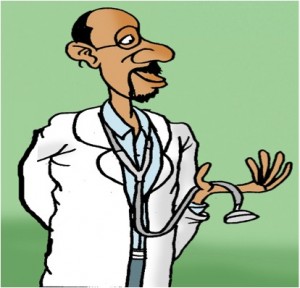
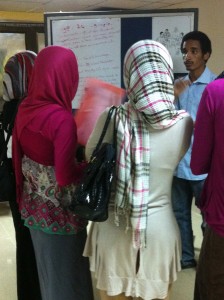
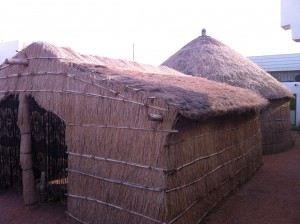
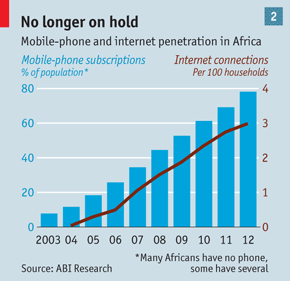

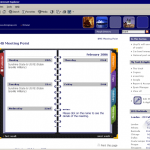
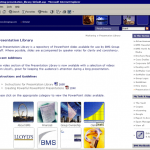
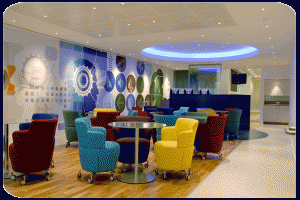
 Soon all 9 BMS offices will be able to log into the new intranet irrespective of domicile. It will meet the original aim of providing a one screen view of all activity with a client as well as providing real time access to the latest social media applications and real time information.
Soon all 9 BMS offices will be able to log into the new intranet irrespective of domicile. It will meet the original aim of providing a one screen view of all activity with a client as well as providing real time access to the latest social media applications and real time information.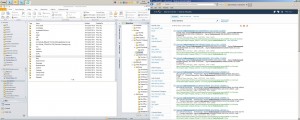 structure. ‘Stuff’ can be easily located via a search engine that accesses all operating systems via iPads which permit electronic placement.
structure. ‘Stuff’ can be easily located via a search engine that accesses all operating systems via iPads which permit electronic placement.